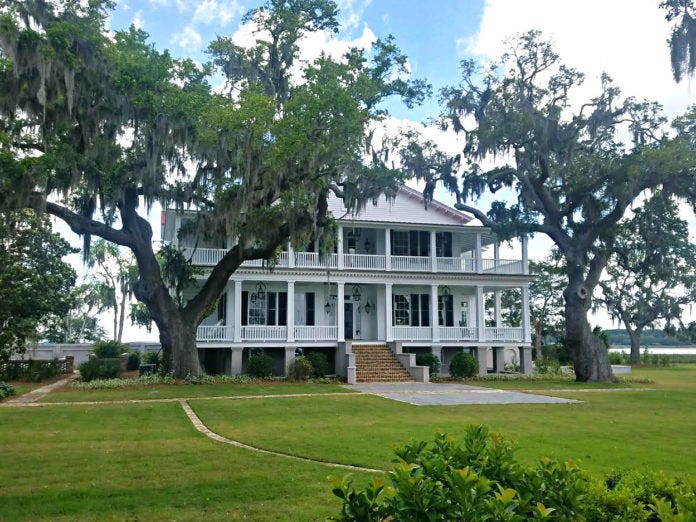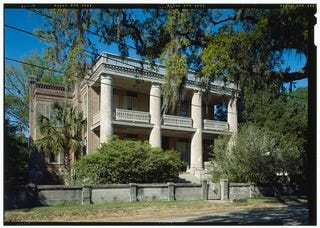My Town: Beaufort, South Carolina
See something different with every walk through its streets.
Beaufort is a grand old Southern town that has preserved the enchanting allure of its past. It has withstood the trials of fierce wars, hurricanes, and earthquakes, emerging, like a resilient woman, stronger and more beautiful than ever.
I often take long walks through Beaufort's historic Old Point neighborhood. In early spring, the sweet scent of jasmine fills the air, and down every street, the fragrance of tea olive captivates my senses. I am caught off guard and instantly immersed in its timelessness.
As I navigate the winding streets, the air grows thick with stories, and each step takes me deeper into the past, where homes from the 1700s stand proudly, bearing witness to the lives once lived within their walls. The tree-lined paths, dappled with sunlight, invite reflection, while the grandeur of stately homes evokes nostalgia for an era of grace and refinement. Yet, beyond the serene facade, echoes of history remind us that peace hasn’t always defined this charming town.
Approaching the venerable Berners Barnwell Sams’ house, I pause, intrigued by the transformation of its original slave quarters into modern apartments. The remnants of a bygone era—a blacksmith shop, a cookhouse, and a laundry—each tell their own story, whispering tales of sacrifice and resilience. I can almost hear the bustle of life during the Northern occupation, envisioning a wounded Civil War soldier being carried through its doors, a poignant reminder of Beaufort’s complex legacy.
As I continue my journey, Laurens Street opens up to reveal Tidalholm, whose striking architecture has graced the silver screen in beloved films like The Big Chill and The Great Santini, inspired by local author Pat Conroy. Perched at the easternmost point of town, its sprawling lawns roll gracefully down to the river, offering breathtaking views that captivate the heart. I could almost hear crickets chirping and the chug-a-wump of southern toads at dusk.
This grand residence, built in 1856 by the Fripp family, once served as a summer retreat from the oppressive heat and mosquitoes of their St. Helena Island Plantation.
Like most pre-Civil War homes still standing in the region, Tidalholm’s origin story carries the weight of slavery. Census records from 1860 list Fripp as the owner of 123 slaves. The construction of his summer retreat on the Beaufort River was built with forced labor. Once the Union Army seized control of the city in 1861, Tidalholm became a hospital.
Before the Civil War broke out, Edgar sold his house to his brother, James Fripp. Legend has it that during the War, when Edgar’s brother James returned to find their beloved home on the auction block, he was overcome with despair, tears streaming down his face as he stood in the crowd. But fate smiled upon him; a sympathetic Frenchman, moved by the Southern cause, purchased the home and gifted him the deed, leaving before James had the chance to repay his generosity.
Over the years, Tidalholm transformed into a haven for writers, artists, and luminaries who sought refuge and inspiration within its elegant walls. Imagine the lively soirées that unfolded there—dinners where guests donned their finest attire, shared laughter over clinking glasses on the porch, and savored exquisite gourmet meals that lingered on into the night.
In Beaufort, history is not just remembered; it’s felt, woven into the very fabric of daily life, beckoning all who visit to pause, reflect, and be enchanted by its timeless allure.




